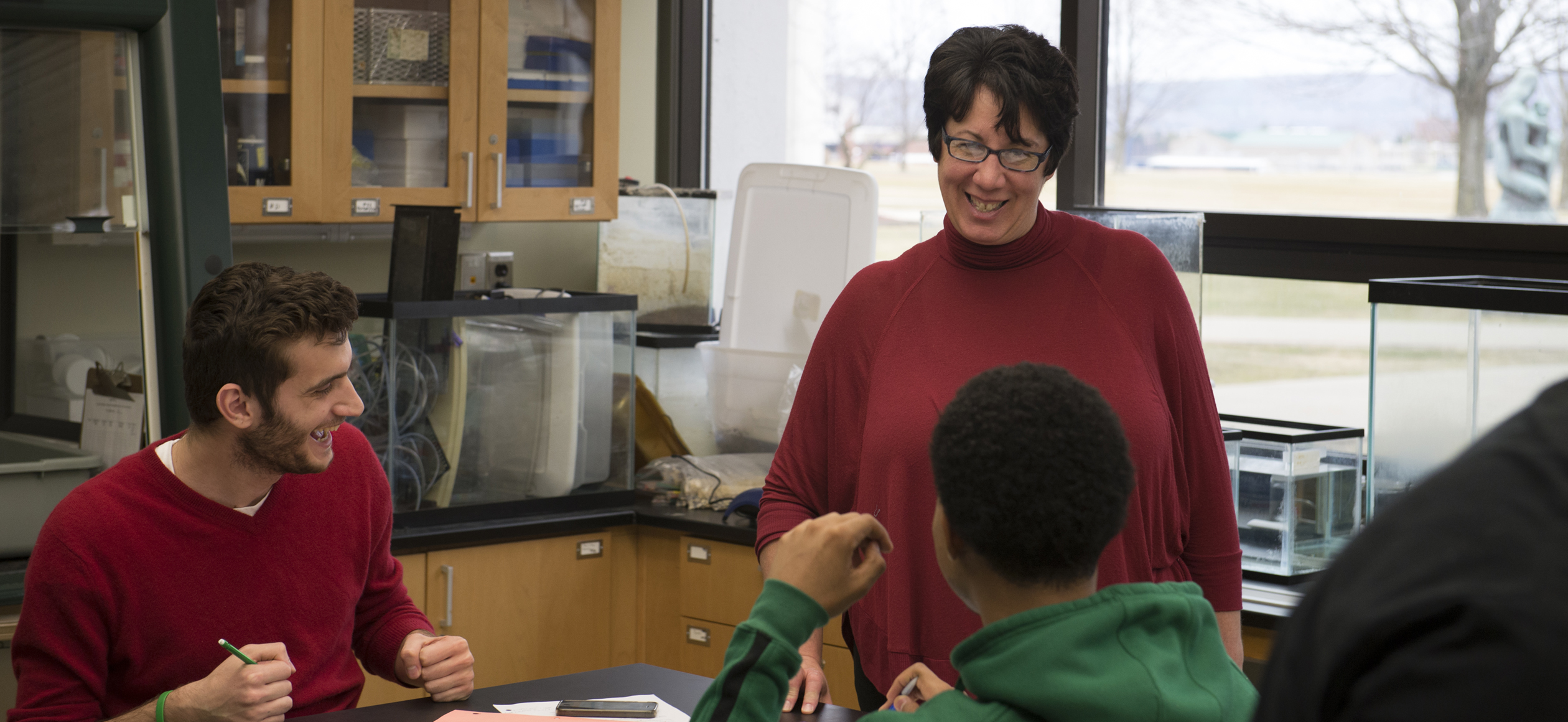Spring 2009 Asa Gray Seminars
March 2, 2008
Title: Circadian Photoreception: More than meets the eye
Steven W. Lockley, Ph.D.
Assistant Professor of Medicine, Division of Sleep Medicine, Harvard Medical School;Associate Neuroscientist, Division of Sleep Medicine, Brigham and Women’s Hospital
Abstract: Many aspects of human physiology and behavior are dominated by 24-hour rhythms that have a major impact on our health and well-being, including the sleep-wake cycle, alertness and performance patterns, and the production of hormones such as melatonin and cortisol. These rhythms are generated by an endogenous near-24-hour oscillator in the suprachiasmatic nuclei of the hypothalamus and are reset each by the 24-hour light-dark cycle. Failure to detect light, due to total blindness or loss of eyes, results in the circadian pacemaker ‘free-running’ on its own internal time and becoming desynchronized with the 24-hour world, inducing a chronic cyclic sleep disorder.
Recently, major advances have been made in understanding how light is detected by the eye to reset circadian rhythms. A novel photoreceptor system has been discovered in the mammalian eye, including humans, that is anatomically and functionally distinct from the visual system. A novel photopigment, melanopsin, primarily mediates these responses to light via a small number of intrinsically photosensitive retinal ganglion cells. These cells, and therefore our ‘non-visual’ responses to light, are most sensitive to short-wavelength blue light.
This lecture will review the organization of the human circadian system, how light and lack of light affects our physiology and behavior and the evidence for a novel photoreceptor system in the mammalian eye. Potential clinical and occupational applications of these discoveries will also be discussed
WOLFGANG SEMINAR CANCELLED - Will Present in Fall, 2009
Title: Discovery of New Bacterial Species from Clinical Specimens
Bill Wolfgang Ph.D
Division of Infectious Disease, New York State Dept. of Health, Wadsworth Center
Abstract: Every month some 50 new species of bacteria are discovered. Most are from an environmental source such as air, soil, and even permafrost; only about 3% are from patients. In our role as a reference laboratory, the Bacteriology Laboratory at the Wadsworth Center receives hundreds of bacterial cultures each month, isolated from patients that hospitals and clinics are unable to identify. Using classical culture methodology and molecular DNA sequencing we are able to identify most of these bacteria. None-the-less and despite our best efforts, about 5% remain unidentified. It is within this group we have begun the hunt for new species.
April 6, 2008
Title: Are There Gender Differences in the Human Axillary Secretions Produced in Response to Visual Stimuli?
David Hornung
St. Lawrence University
Abstract: The overall objective of this study was to test the hypothesis that axillary responses produced when viewing pornographic videos are gender specific. This test was accomplished by evaluating the differences in the axillary secretions produced when humans watched pornographic, romantic, action or documentary videos. For this evaluation, a golden-retriever (Canis familiaris) was trained to recognize a target gauze pad worn while human subjects viewed the pornographic video. After sampling three test boxes, the dog exhibited a sit/stay response in front of the box containing the target. The dog first learned to correctly identify the target from unscented pads. Then distracters, the gauze pads worn while the same subject watched the other genres of videos, were introduced as possible choices. An error analysis was used to judge the commonality between the various distracters and the target smell. In other words, the more often the dog confused a particular distracter for the target, the more similar that distracter was assumed to be to the target. For male subjects, the smell produced while watching the action video was more often confused with the pornographic target than was the smell produced from the other distracters (p < 0.05). However, for females, the smell produced while watching the romantic video was more often confused with the pornographic target (p < 0.05). These observations are consistent with the hypothesis that the axillary response produced when viewing pornographic videos are gender specific. An analysis of heart rate changes recorded while subjects watched these videos suggests the effect does not simply reflect cardiac acceleration. Likewise an exercise distracter was not confused with the target from either men or women. Data from menopausal women suggests some of the smells females produce while watching videos are estrogen dependent.
April 20, 2008
Title: "Tales from Siberia: Climate Change and the World's Greatest Lake"
Marianne Moore
Associate Professor, Dept Biological Sciences at Wellesley College
Abstract: Lake Baikal in subarctic Siberia is the world’s largest, oldest, deepest, and most biodiverse lake in the world; yet, this aquatic version of the Galapagos Islands is poorly known to Western scientists. Analyses of an extraordinary data set collected by 3 generations of a Russian scientific family show that this lake is responding strongly to contemporary climate change despite its enormous volume and thermal inertia. Surface waters have warmed significantly to a depth of 25 m and the rate of warming exceeds that of regional air temperatures. In addition, biological changes consistent with this warming have occurred. By mid-century, changes in ice dynamics will likely elicit greater ecological change than warmer water temperatures in this remarkable ecosystem, harboring more than 1500 endemic species and the world's only freshwater seal.

